US Open 2023 Course Guide: The Los Angeles Country Club
Last updated:
The LA Country Club in Los Angeles plays host to the US Open for the first time, but what is the course like and where will the tournament be won and lost?
Today’s Golfer’s 2023 Major coverage is brought to you in association with TaylorMade.
The US Open setup needs little introduction. It’s going to be long, it’s going to be tough, and the rough is going to be thicker than Cameron Smith’s mullet. But what makes this year’s course so different is that few players have actually played it in competition before.
The USGA have been begging The LA Country Club to let them bring the US Open there for years and now they’ve got their wish, they’ve got big plans to make it one to remember by setting it up in a way which will test each player’s touch and accuracy like never before…
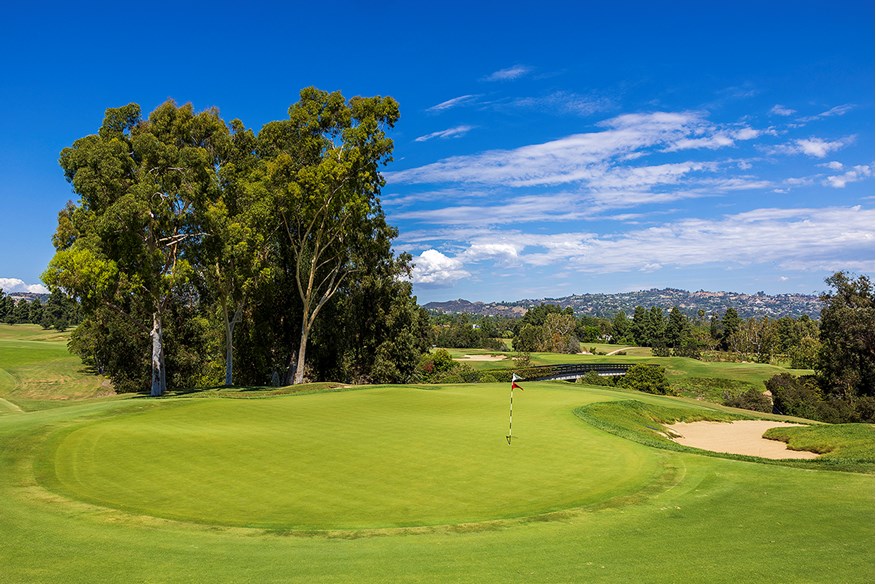
What makes the LA Country Club so unique?
Let’s put it like this: the city might be full of superstars but, regardless of reputation and bank balance, they still struggle to get a tee time at The LA Country Club, never mind gain membership. The property itself, located on the world-famous Wilshire Boulevard in Beverly Hills, is rumored to be among the most expensive real estate in the world (although it might be more accurate to assess it as the most valuable plot of golfing land on the planet).
Playing it might demand sensational connections, but overlooking it has proved less of an inconvenience for big names waving big bucks. Hugh Hefner’s Playboy mansion looks over the back nine, while Lionel Ritchie is another neighbor.
It is the North Course – originally designed by George C. Thomas before a recent restoration by Gil Hanse – which will stage the USGA’s showpiece event, having previously played host to the Los Angeles Open. However, that event’s last visit was in 1940 and ever since, the club have rebuffed overtures for the return of significant championships.
The 2017 Walker Cup changed that, however, and the arrival of the US Open promises to showcase a test that, for all its privilege, is an exciting addition to Major championship action.
How savage will the course be?
“First impressions? I don’t think the scoring will be very good,” said Shane Lowry after a February reconnaissance trip.
By ‘good’, of course, he meant ‘low’, and his estimate is based on championship history, as well as this year’s host. We’ve come to expect rock-hard fairways and greens, thick rough, and par 4s that cover more ground than Route 66. If some guesswork exists regarding the set-up, then the scorecard reveals that distance will be a factor on the North Course.
The final six holes include three par 4s at over 500 yards, a par 5 at 623 yards, and a 492-yard par 4 to take you home. It’s a brutal finish that is entirely in keeping with the US Open’s mantra for providing the toughest test in golf.
The man who is widely credited with producing such a punishing yet captivating stretch is the aforementioned George C. Thomas, whose fingerprints can also be seen on Riviera Country Club, host of the Genesis Invitational. Asked to compare the two, local resident Max Homa argues that tee shots at Riviera are tighter while LA’s require more length. He adds that both layouts feature demanding approach shots, but notes: “You can play the ball along the ground a lot (more) at LA.”
How highly is the course rated?
As far as parkland courses go, it is widely considered to be one of the finest – and not just because of the views, or the secluded nature of the layout. It begins, rather uniquely, with a gettable par 5 before presenting five wildly different par 3s; a stretch which has the potential to amaze and infuriate.
Take the 15th, for example, which could conceivably play as short as 80 yards. By contrast, the 7th and 11th holes stretch to almost 300 yards and could very easily be mistaken for short par 4s.
Of course, there have been long short holes at the US Open in the past, but two of them within five holes of each other? If the 11th and 7th play to the announced yardage, they will become the third- and fourth-longest par 3s respectively in the championship’s history.
What can we learn from the PGA Championship?
Once tagged onto the end of the Major championship season – and dubbed ‘Glory’s Last Shot’ in a vain attempt to add luster and establish an identity – the PGA Championship has, with its calendar move from August to May, been reinvented as ‘Glory’s Great Pointer’.
Which is to say that the championship is now positioned to drop significant hints about who might win the US Open.
In the first rescheduled PGA four years ago, Gary Woodland finished tied eighth at Bethpage Black ahead of winning the US Open at Pebble Beach. A year later Bryson DeChambeau’s triumph at Winged Foot came shortly after he was tied fourth at Harding Park. The following May, Jon Rahm was tied eighth in the PGA at Kiawah Island ahead of winning his first Major at Torrey Pines. The trend went four-for-four last year, with Matt Fitzpatrick tied fifth at Southern Hills a month before breaking through at the top level with victory at The Country Club in Brookline.
The top eight at the PGA Championship was made up of Brooks Koepka, Viktor Hovland, Scottie Scheffler, Bryson DeChambeau, Kurt Kitayama, Cameron Davis, Sepp Straka and a fellow called Rory McIlroy… Recent history would suggest that this year’s US Open winner will come from that list.
The key holes: Where the US Open will be won and lost
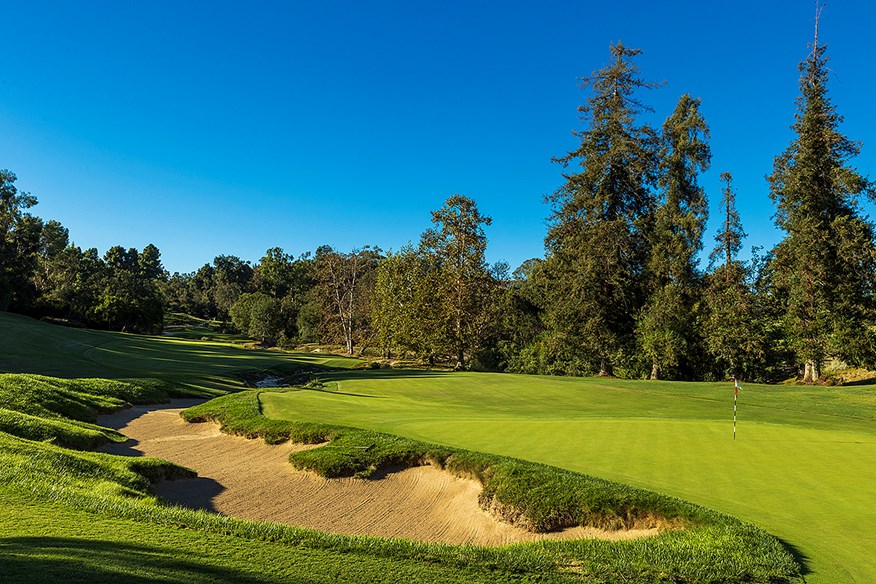
7th | Par 3 | 284 yards
Saddle up for the first of the long short holes, one that calls for an exceptionally well-executed tee shot across a shallow canyon (known locally as a barranca) that curves in a reverse S from short of the tee, across the eyeline, finishing on the right-hand side of the putting surface.
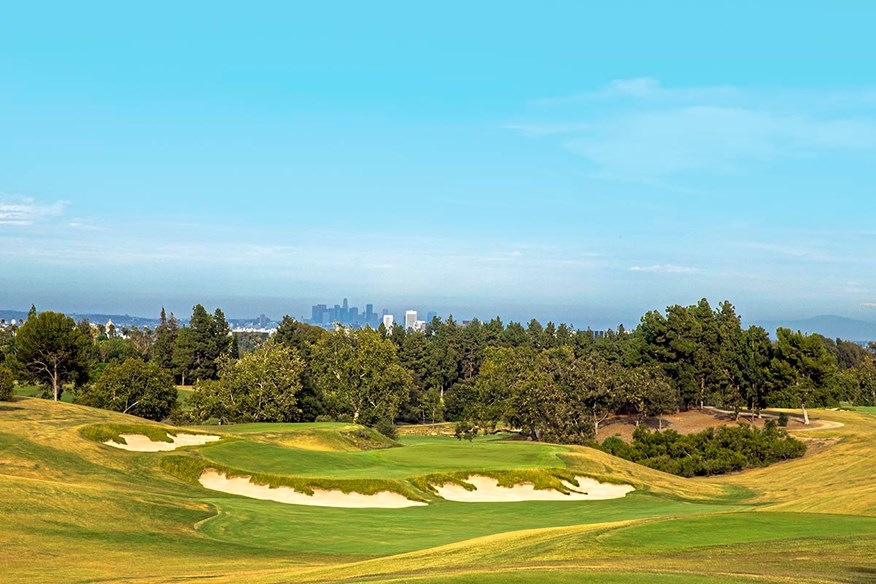
11th | Par 3 | 290 yards
Another big blow from the tee, but this time the lie of the land helps. Not only is the hole downhill, it is also designed for a tee shot that lands short before kicking onto the putting surface. Anything right of the green careers down a slope, leaving a blind recovery.
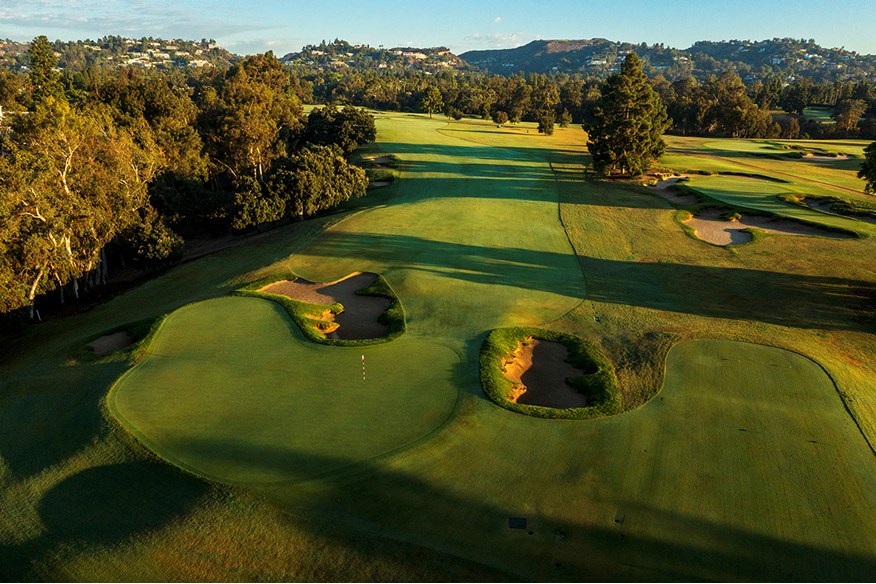
14th | Par 5 | 623 yards
Only the very longest hitters will view finding the green on 14 as a two-shot option as the fairway curves left to right around dense woodland. The kidney-shaped green has a narrow entry on the left-hand side between deep bunkers, but the right-hand side is all carry.
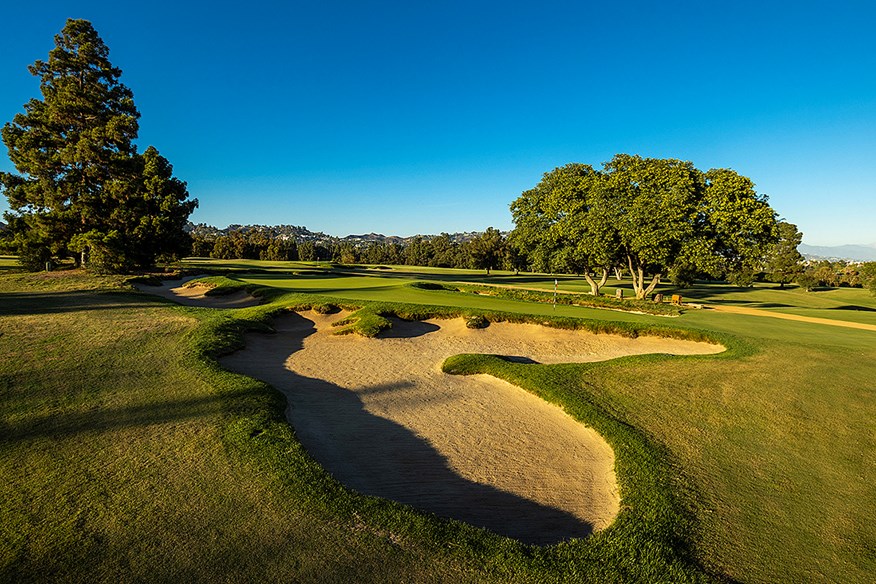
15th | Par 3 | 124 yards
There is a touch of Royal Troon’s Postage Stamp about LA’s 15th. In one sense it is nothing more than a flick, but if the pin is on the tiny finger at the front of the green, a miss in the bunkers either side is brutally short-sided.
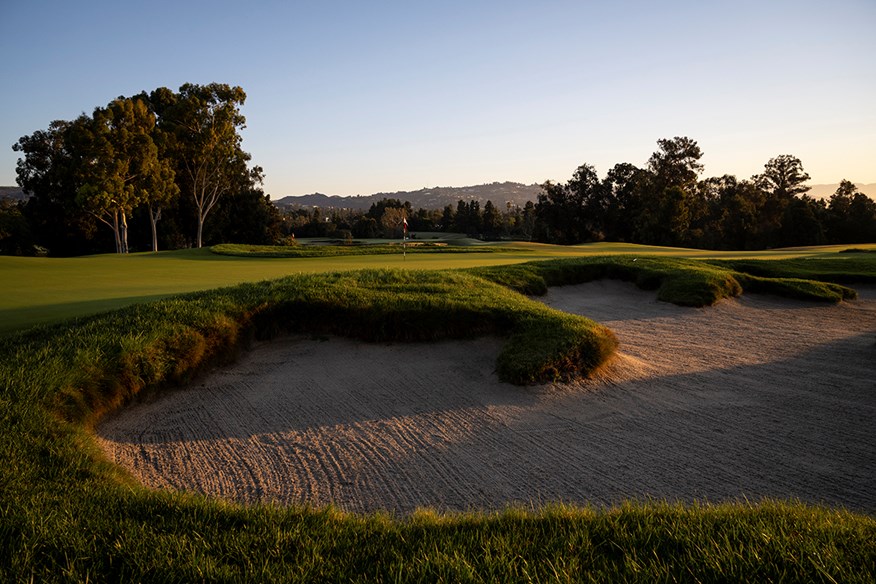
18th | Par 4 | 492 yards
Reminiscent of the Old Course at St Andrews, the vast fairway is shared with the opening hole and heads towards the clubhouse. The approach shot presents the final – and very typical – LACC challenge: to avoid the gnarly, unrefined, occasionally deep sand traps that frame the greens and threaten disaster.

US Open 2023: Key info
Course: The Los Angeles Country Club (North)
Date: June 16-19, 2023
Par: 70
Yards: 7,381
Field: 156 players Cut: 60 players and ties. In the event of a tie after 72 holes, a two-hole aggregate play-off will take place on holes 1 and 18.
Defending champion: Matt Fitzpatrick
What the players say
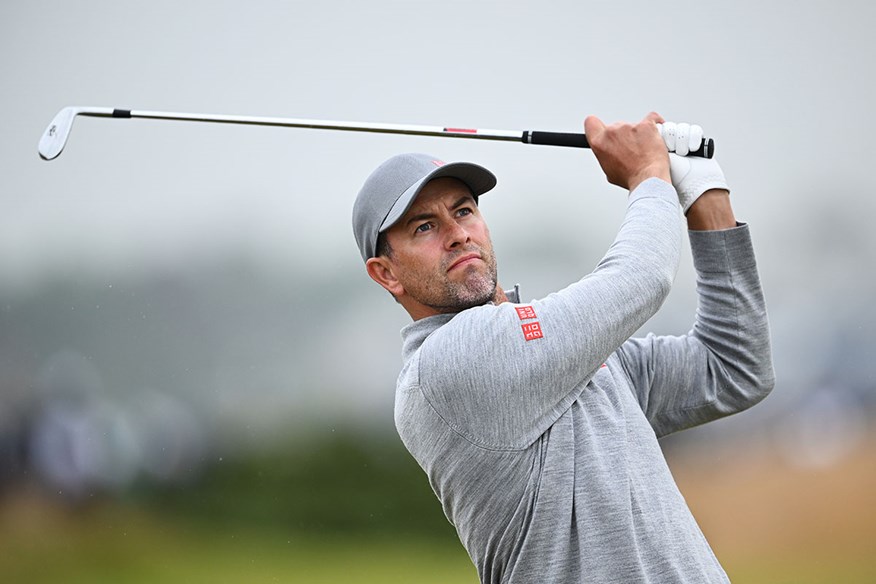
Adam Scott
“The greens are really the defence. As long as they don’t grow the rough up around the greens, the ball will run away and it could be a long way. The guy who has his irons under control is going to have a big advantage because it is easy to get it away from the hole if you miss.”
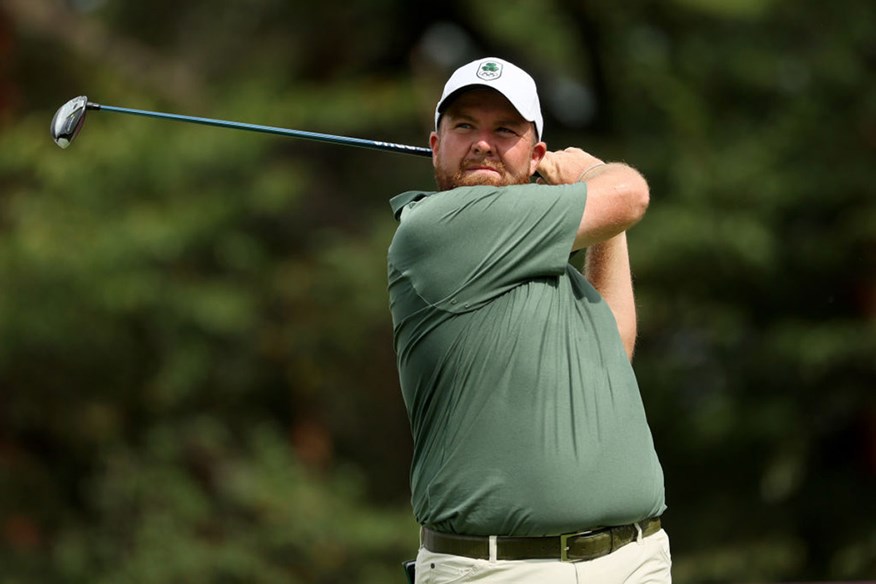
Shane Lowry
“There’s a lot of blind tee shots. The fairways are wide but they camber off and there will be Bermuda rough, where the ball sits down. But a short hitter that hits every fairway isn’t necessarily going to do better than a long hitter in the rough. I don’t know if it suits anybody – but you’re going to need your A-game.”

Tommy Fleetwood
“I think it will be an amazing venue. It’s very much a US Open course. You’re going to have to use every asset of your game, particularly drive it well and be very patient. There’s a lot of variety in the par 3s. I think everyone will love it.”
BECOME A TODAY’S GOLFER MEMBER: Unlimited access to premium content and exclusive rewards!
READ NEXT:
– Who will win the US Open?
-
 The LA Country Club will host the 2023 US Open
The LA Country Club will host the 2023 US Open
-
 The 14th hole at LACC, home of the 2023 US Open
The 14th hole at LACC, home of the 2023 US Open
-
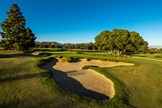 The short par-3 15th hole at LACC will play a key part in the US Open
The short par-3 15th hole at LACC will play a key part in the US Open
-
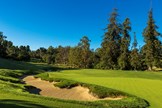 The 7th hole at LACC, home of the 2023 US Open
The 7th hole at LACC, home of the 2023 US Open
-
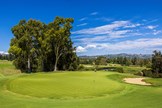 The LA Country Club will host the 2039 U.S. Open
The LA Country Club will host the 2039 U.S. Open
-
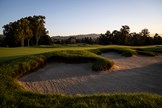 Who will emerge from LACC's 18th hole as US Open champion?
Who will emerge from LACC's 18th hole as US Open champion?
